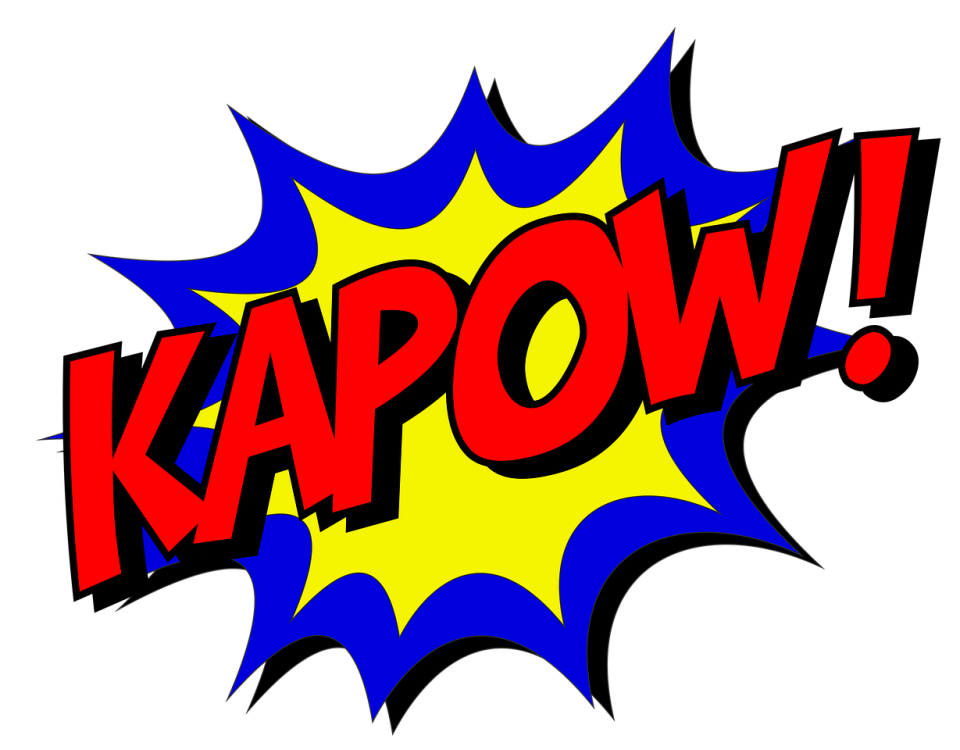
25 Trends in Publishing: Longer MG and YA
January 23, 2019
What Do You Font? Hope’s Hacks
February 6, 2019 About the column: A handful of agents and interns who work with Cyle have learned the latest and (sometimes so, sometimes not so) greatest trends in publishing right now. Tune in each week to find out what’s trending, ranging from ABA to CBA, children’s to adult. The authors of these columns have included social media tags at the end to keep up with trends they are finding. They can also be found here.
About the column: A handful of agents and interns who work with Cyle have learned the latest and (sometimes so, sometimes not so) greatest trends in publishing right now. Tune in each week to find out what’s trending, ranging from ABA to CBA, children’s to adult. The authors of these columns have included social media tags at the end to keep up with trends they are finding. They can also be found here.
Trend #25 of 25: TV Pilots
Contributor: Sarah Gorman
With the advent of streaming services like Netflix—and movie-level show budgets like HBO’s Game of Thrones—the world of TV writing has entered a new age of creativity, profitability, and quality. Unlike the movie industry, which is dominated by reboots and franchises, the television industry of the past ten years has provided lucrative opportunities to out-of-the-box ideas and niche audiences. Now more than ever producers and production companies are looking for innovative, breaking-the-mold TV pilots and writers that can deliver them.
Once, television—“the small screen”—was seen as a step below film. It was a place where actors went to make their start before they moved onto the larger screen of blockbusters and Oscar winners. While there were exceptions, it was rare to see a movie star doing a sitcom, let alone signing on to a network drama. Recently, however, this is no longer the case. Just look at shows like Westworld, Stranger Things, Sharp Objects, The Crown, and Maniac—starring movie stars like Anthony Hopkins, Winona Ryder, Amy Adams, Helena Bonham Carter, Emma Stone, and Jonah Hill.
One underlying thread should be noted here—Netflix and HBO.
Netflix brought accessibility and convenience to television. No more DVR, and no more watching an episode now and then. With Netflix, the binge-watch took on a life (and profit) of its own. With HBO, shows began creating their episodes on the financial level of blockbusters. The good things got better, originality went up and not down, and the bottom line is, there are more TV shows than ever in circulation. If you want to make it in television, there is no better time than the present.
Originality went up and not down.
But, you ask, how do you make it in television? Well, writers are in luck—television is the flip of film when it comes to power dynamics. In movies, the director calls the shots (literally) and holds far more power than the screenwriter. In television, the showrunner is the big man or woman on set. The showrunner is oftentimes the show’s creator, head writer, and head producer. It’s up to the showrunner what writers he or she brings on to his or her writing team (around nine writers), and it’s up to the showrunner to hire directors for each episode (including guest directors on certain episodes). All this to say, you have a much better chance at becoming a television writer in Hollywood today than you do a feature screenplay writer. It’s just math—ten writers per TV show versus a maximum of three screenwriters on a film. Plus, writers on a TV show hold much more sway and far more stability (longer-term jobs) than feature screenplay writers.
What’s not to like? With a bit of talent thrown in, it’s more than doable.
That said, there are a couple of caveats. Despite all the changes in Hollywood as of late, it’s still a very SoCal-based industry. The best way to make it as a television writer is to become a writer’s assistant on a show in LA. From there, you can work your way up to a staff writer and then, hopefully, to the showrunner of your own show. The big showrunners are also currently looking for staff writers who are under 35, according to an inside source of mine. They’re looking for Millennials to write for Millennial audiences.
However, if you aren’t crazy about packing up and moving to LA, or if you aren’t under 35, don’t despair. The fact of the matter is, TV is selling right now, and it’s selling big. Unlike the movies where there’s a limited amount of theater screens, TV shows premiere in your living room. TV needs more content than ever, and if you go and write a killer TV pilot, it has a good chance of finding a home.
So! Sit down and re-watch the pilots of your favorite TV shows. Study what they do—how the characters are introduced, how the conflict is introduced, how the plot begins. Study the pacing, and the flow (wittiness, dramatics, etc.) of the dialogue. When you’re done, see if you can find a copy of the pilot script online (many popular pilots are available to read for free) and study the format. Go and buy Final Draft (or download Celtx if you have no money), and get to writing.
 From there, the sky is the limit. I hope to see your show on my screen one day.
From there, the sky is the limit. I hope to see your show on my screen one day.
Sarah is a Jr. Agent and award-winning novelist, screenwriter, and writing student, majoring in professional writing at Taylor University.
During her time at Taylor, she studied screenwriting in Los Angeles through the Los Angeles Film Studies Center and UCLA. There, she interned with Wind Dancer Films on their PBS Kids show Ready Jet Go!, and her aspirations include pursuing her MA in Screenwriting, writing for television, and publishing her novels.
Sarah hails from Chicagoland, home of superior pizza and terrible weather, and when not writing, she enjoys rollerblading, soccer, forensic science, and illustration. Check her out on her website, slgorman.com.





1 Comment
Very interesting. 🙂